
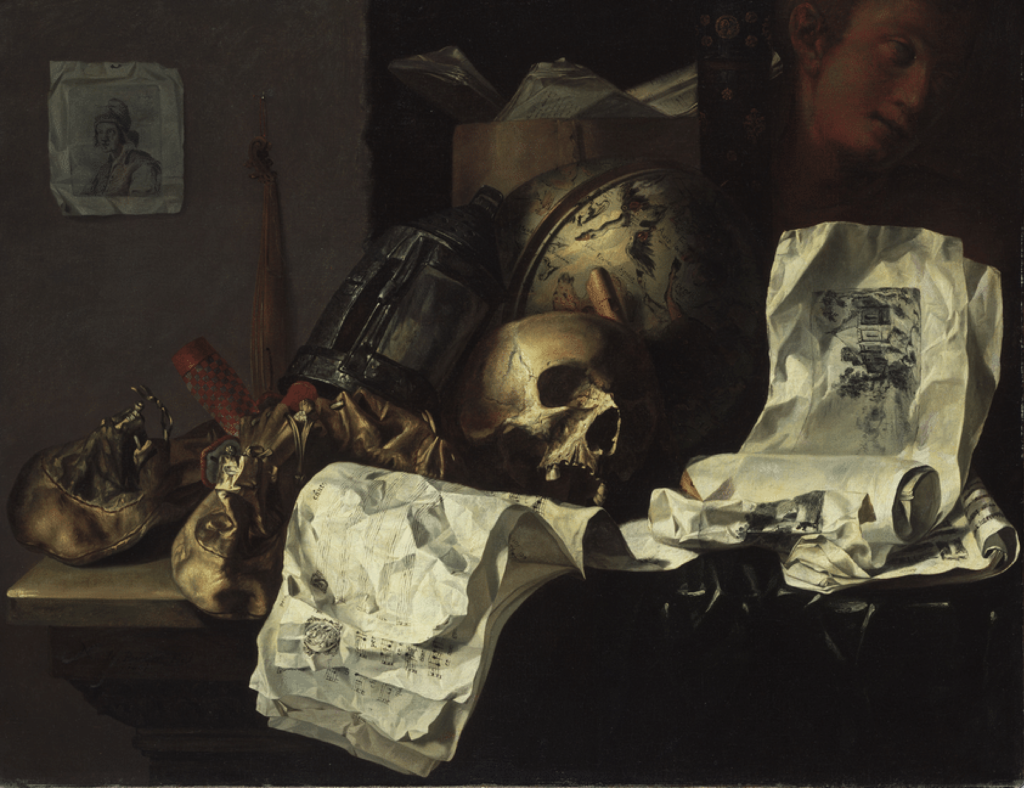

What is a still life?
Still lifes were known to be paintings that displayed a variety of inanimate objects that were used as being the main subject of the piece. The paintings were known to communicate a moral or religious message and they particularly emphasised the shortness of life and the inevitability of decline and death. Still life paintings typically included fruit, flowers and objects contrasting with these in texture, such as bowls and glassware. Skeletons, burning candles and decaying fruit tend to be other popular choices within still life paintings
History behind still life
Still life ranges between many different time periods, aging all the way back to the 15th Century within the Egyptian culture. Still life began to become popular during ancient times and later on began to move throughout the middle ages, the renaissance period, modern period and is still popular to this day within contemporary art.
Ancient Still life
Coming from the ancient period, paintings were discovered from within burial grounds and tombs of what looked to be food – including crops, fish and meat. Later on within the ancient period, ancient greeks and romans became invested in the concept of still life and produced mosaics and frescoes.
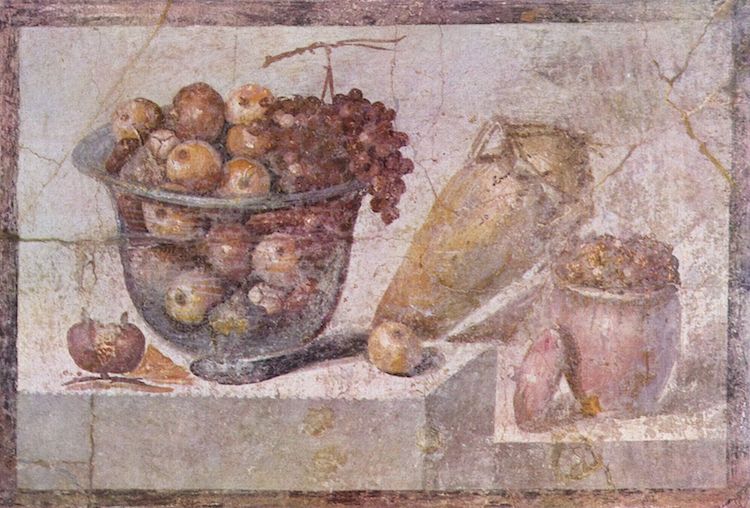
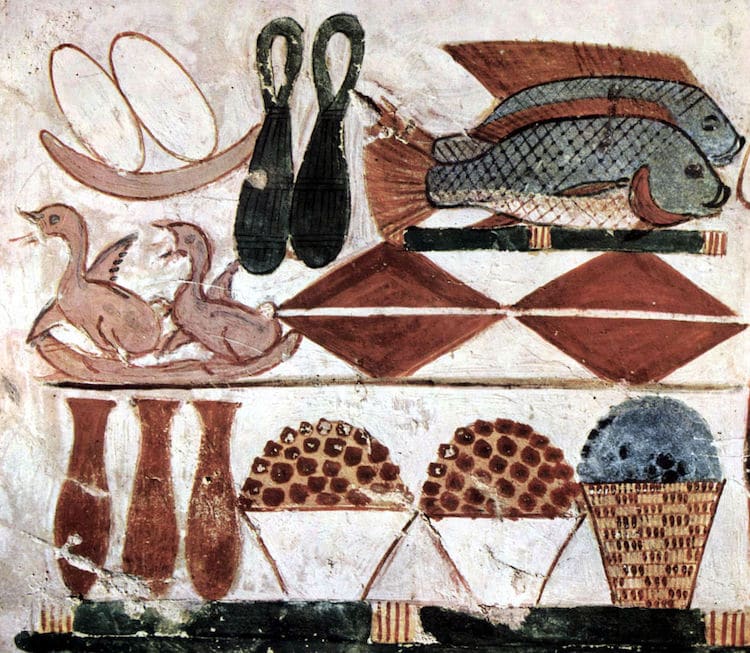
Middle ages still life

Within the middle ages, still life was continued on but was based more around a religious concept and objects such as coins, seashells, and bushels of fruit were included in the pieces.
Renaissance still life
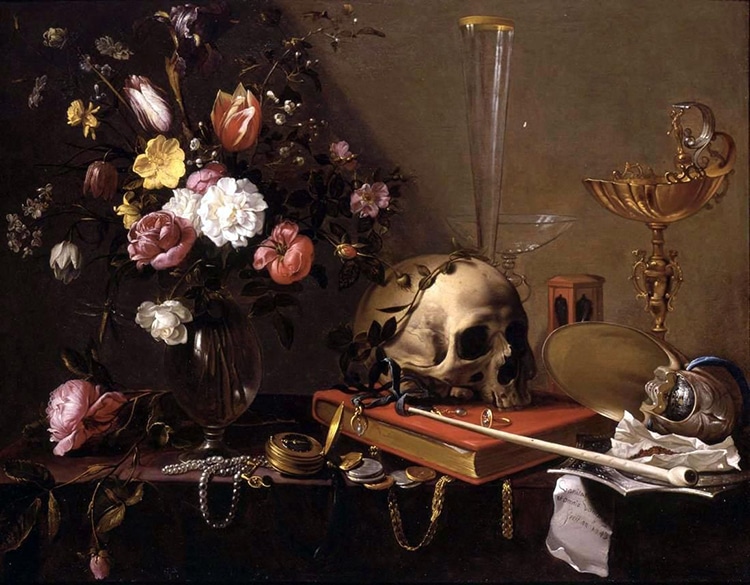
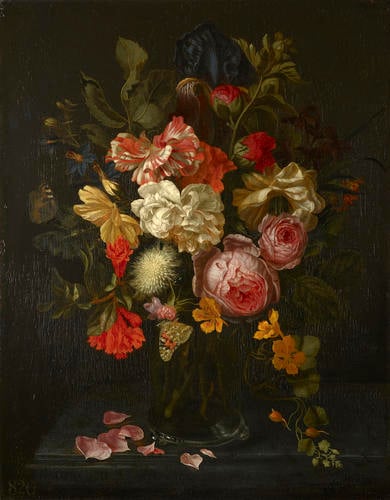
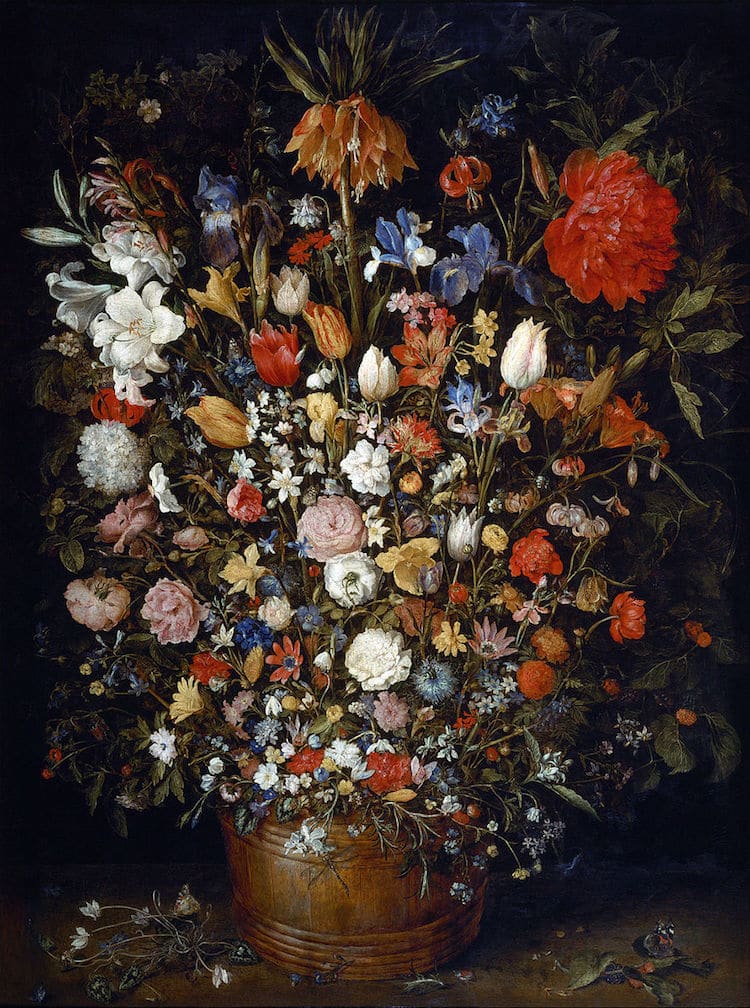
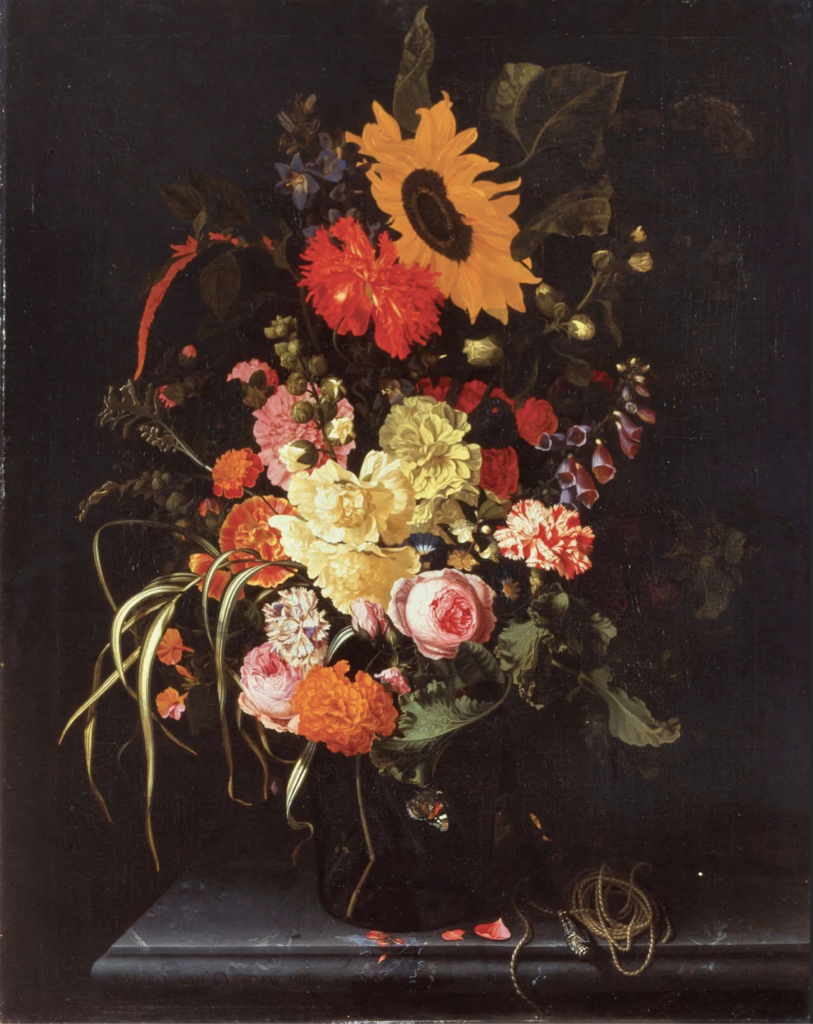
The renaissance period began solely using flowers as their focal point within paintings, but as the period progressed into the Dutch Golden Age, floral art took the turn of further stepping into becoming vanitas paintings. Vanitas paintings are inspired by memento mori, which was a genre of painting whose Latin name translates to “remember that you have to die.” Objects used would include human skulls, waning candles, and overturned hourglasses that were usually paired with a range of cut flowers.
Modern still life
Modern art then began to make the appearance of still life aspects and artists, such as Vincent Van Gogh and Cezanne, dabbled into the genre with the inclusion of usually flower filled vases, apples, wine bottles and water jugs. Cezanne in particular, dived into exploring a similar theme to that of vanitas genre by including skulls in his paintings. Pop art then began to follow the theme of still life, coming from artists such as Pablo Picasso and Georges Braque.
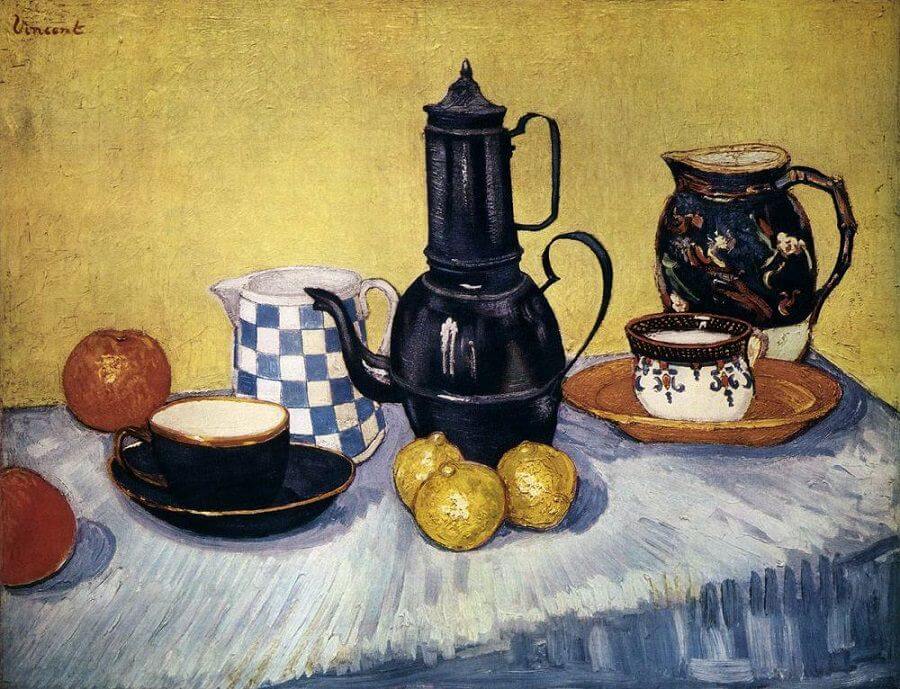
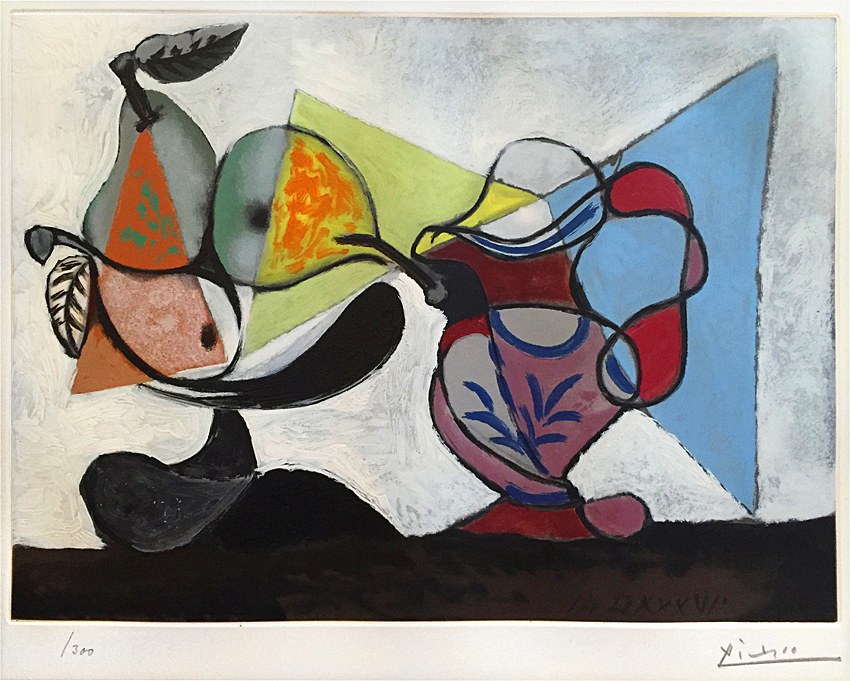
Still life nowadays still holds importance within the style of contemporary art. Paintings of still life would be produced of modern-day food and objects usually in a hyper-realistic style.
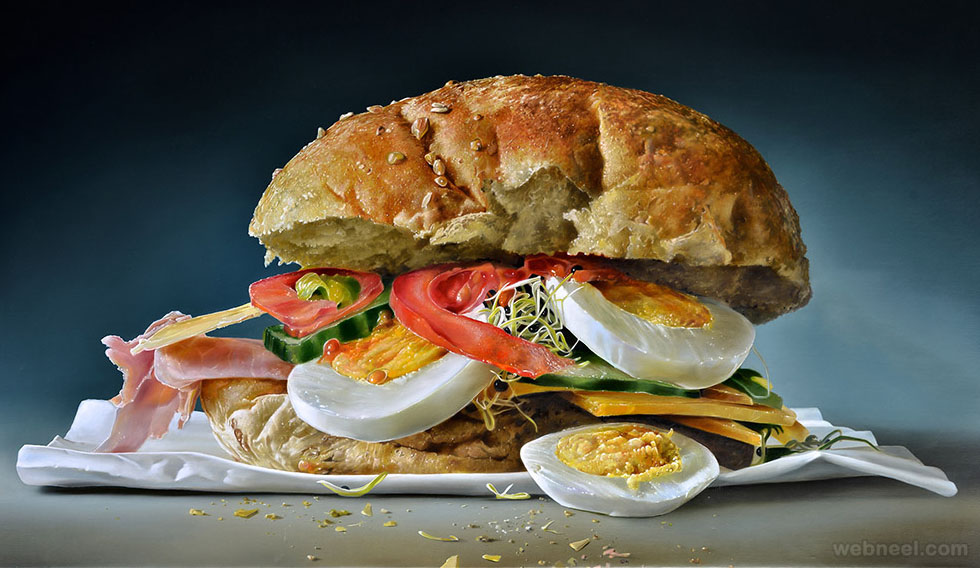
The genre of Still life began with Netherlandish painting of the 16th and 17th centuries, and the English term ‘still life‘ derives from the Dutch word ‘stilleven‘. Early still-life paintings, particularly before 1700, often contained religious and allegorical symbolism relating to the objects depicted. Later still-life works are produced with a variety of media and technology, such as found objects, photography, computer graphics, as well as video and sound.
Still life in photography
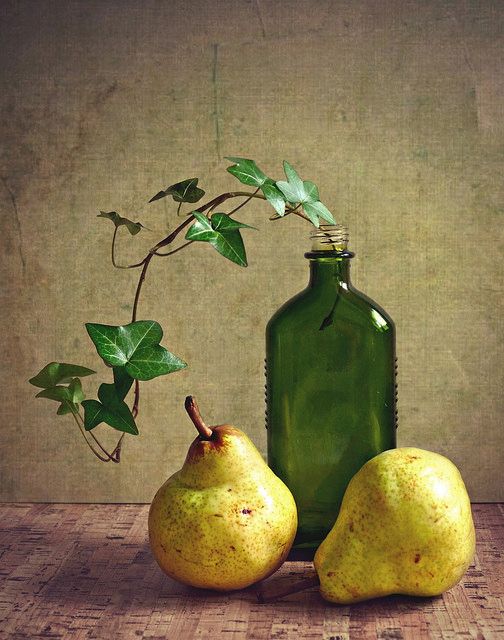
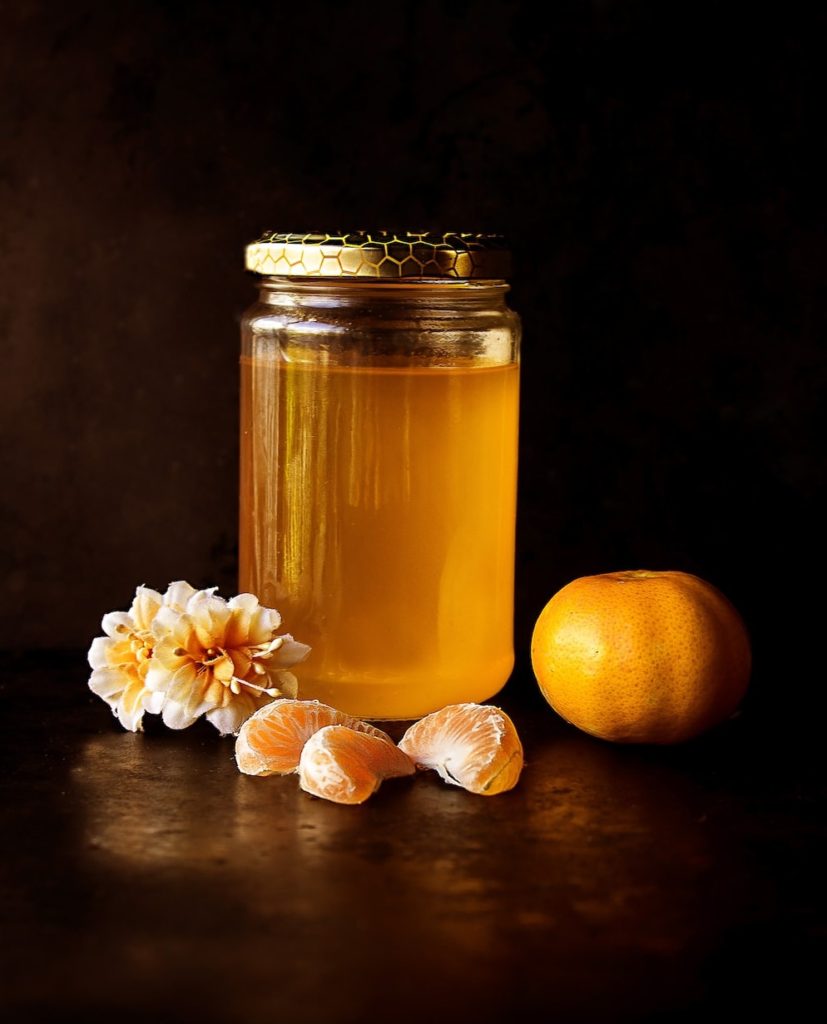
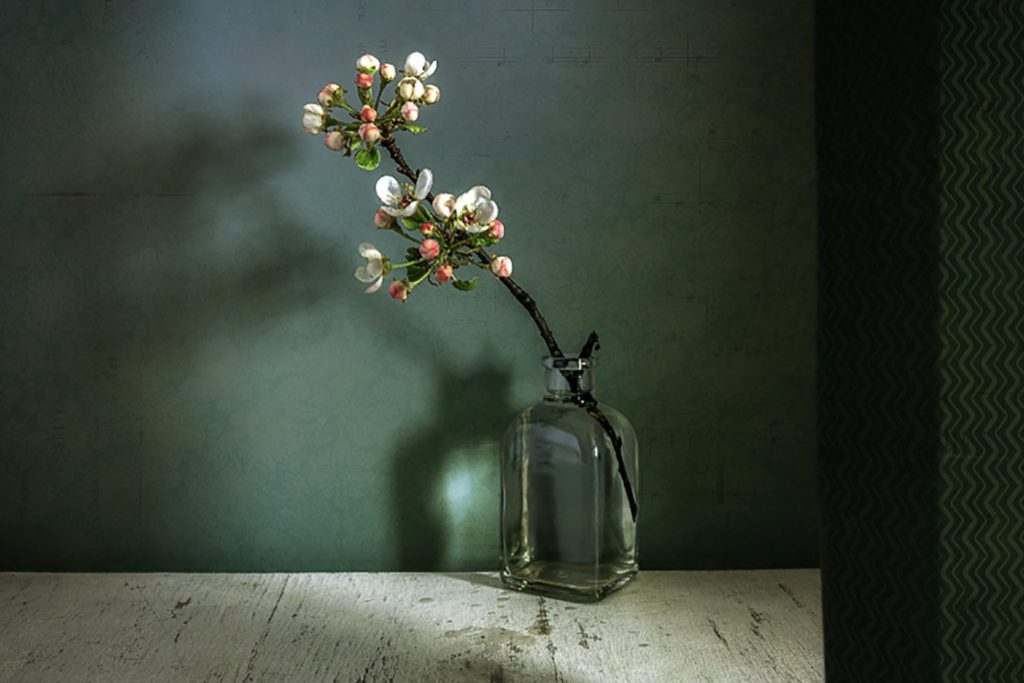
There was then still life photography which was introduced alongside still life paintings. Still life photography became a genre of still life which included the depiction of inanimate subject matter, typically a small group of objects. Tabletop photography, product photography, food photography and found object photography are all examples of still life photography.
This genre gives the photographer more leeway in the arrangement of design elements within a composition compared to other photographic genres, such as landscape or portrait photography. Lighting and framing are important aspects of still life photography composition.
Man-made objects such as pots, vases, consumer products, handicrafts etc. or natural objects like plants, fruits, vegetables, food, rocks, shells etc. can be taken as subjects for still life photography. A range of these items were also quite common in historical still life paintings as well. Still life photos are not close up to the subject nor far away, but at a very head-on angle. The art in still life photography is often in the choice of objects that are being arranged and the lighting rather than the skill of the photographer.
Artist analysis

Pieter Claesz was a Dutch painter who achieved a striking simplicity and atmospheric quality in still-life representations. Claesz’s increasingly decorative work after 1640 includes lavish still-life displays.
Claesz was a Dutch artist who gave everyday objects great individuality. From the piece ‘Still life with a skull and a writing quill’, many suggested that a skull, a spilled glass with ephemeral reflections, an extinguished light, and a writer’s tools all imply that worldly endeavors are eventually futile. Claesz progressively refined the clarity and incisiveness acquired in this piece over a period of many years, during which he may be considered to have achieved an early maturity.
The painting displayed many of the typical vanitas aspects and was framed up in a dramatic sense with a messy layout of spilled items and other random objects.
